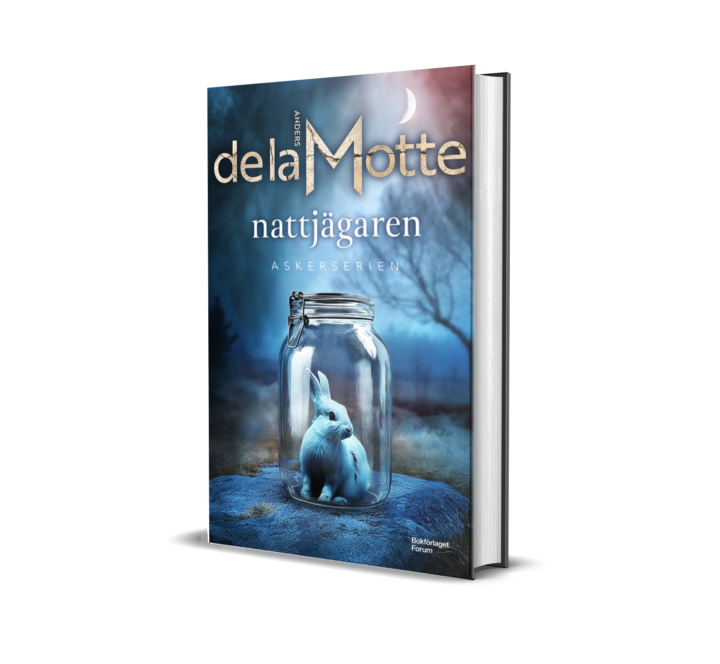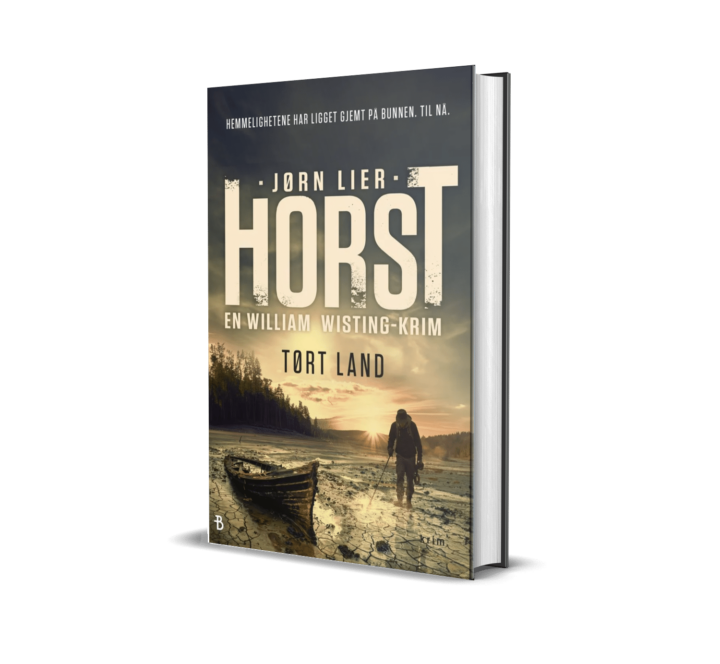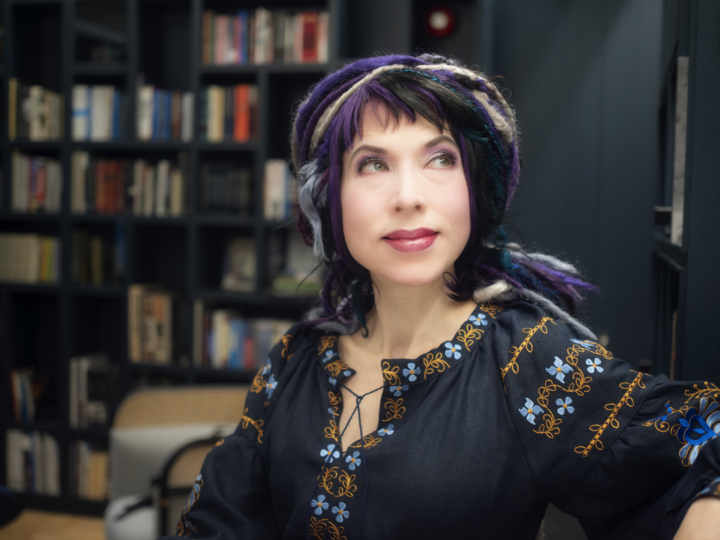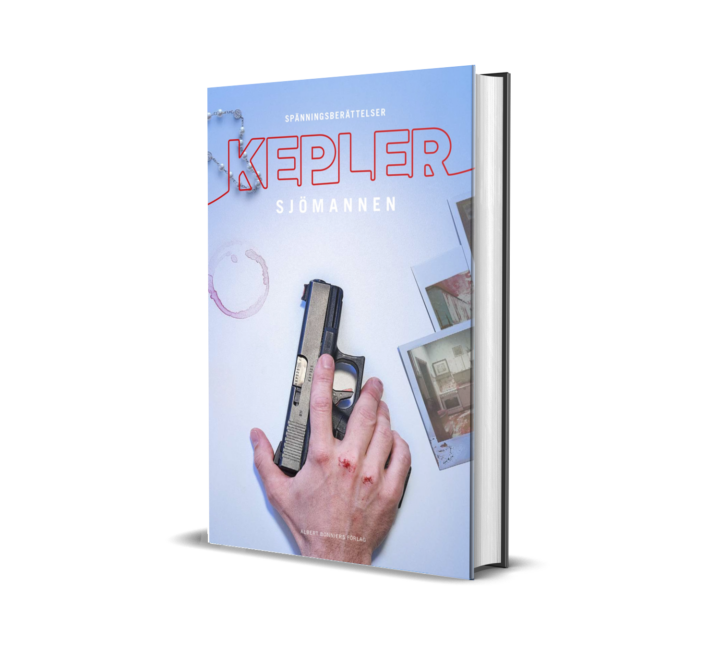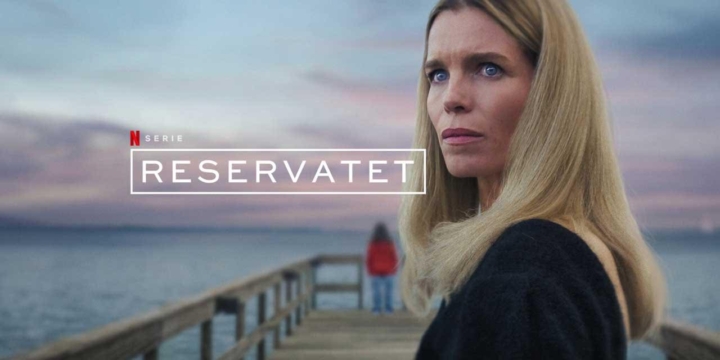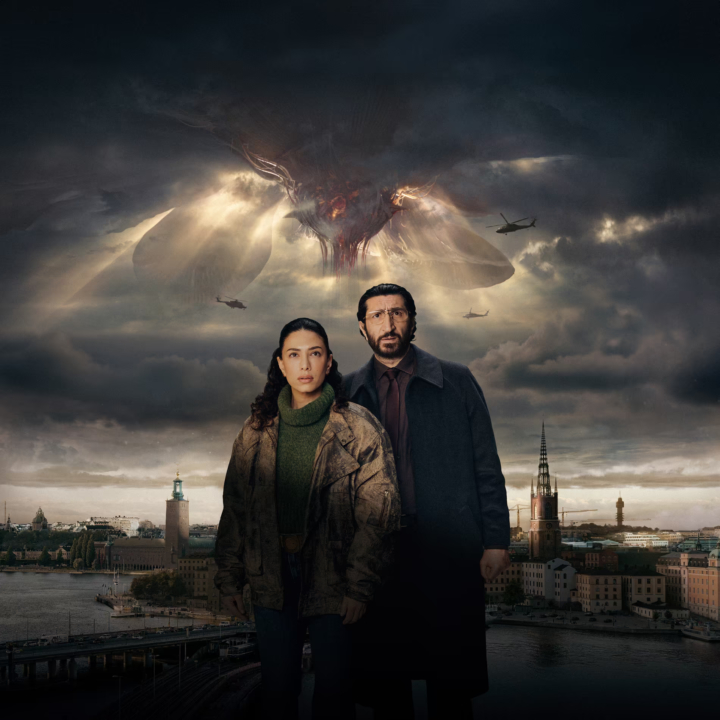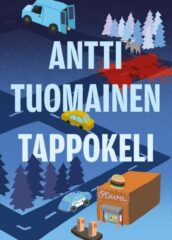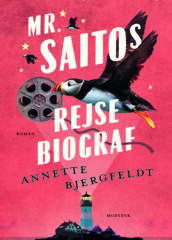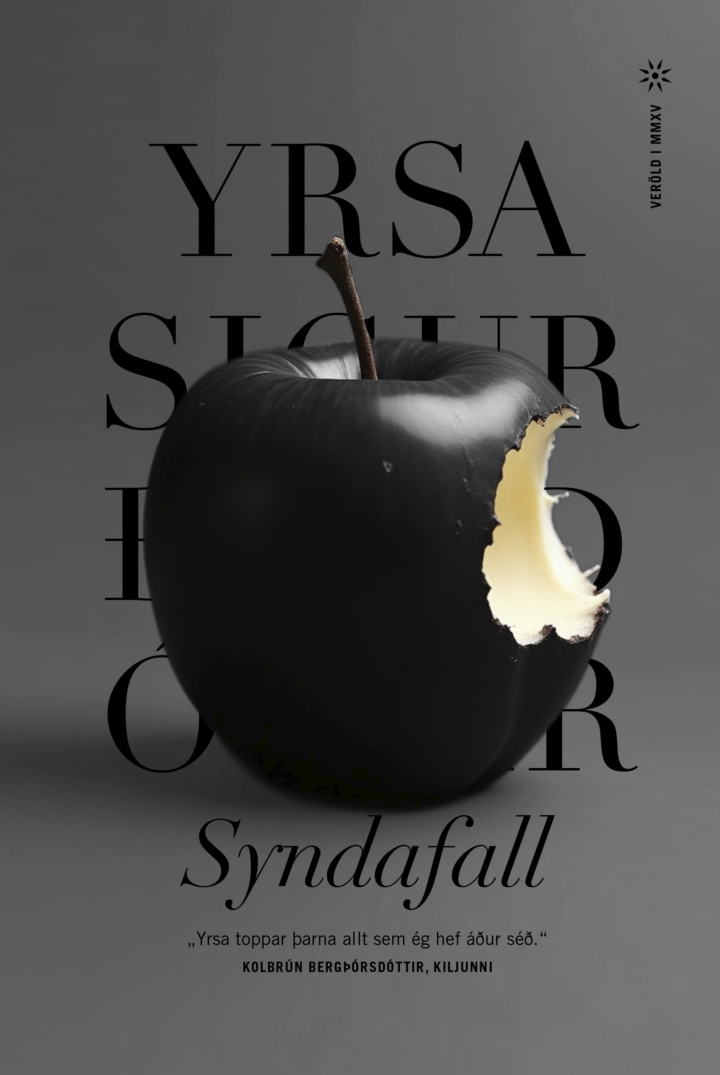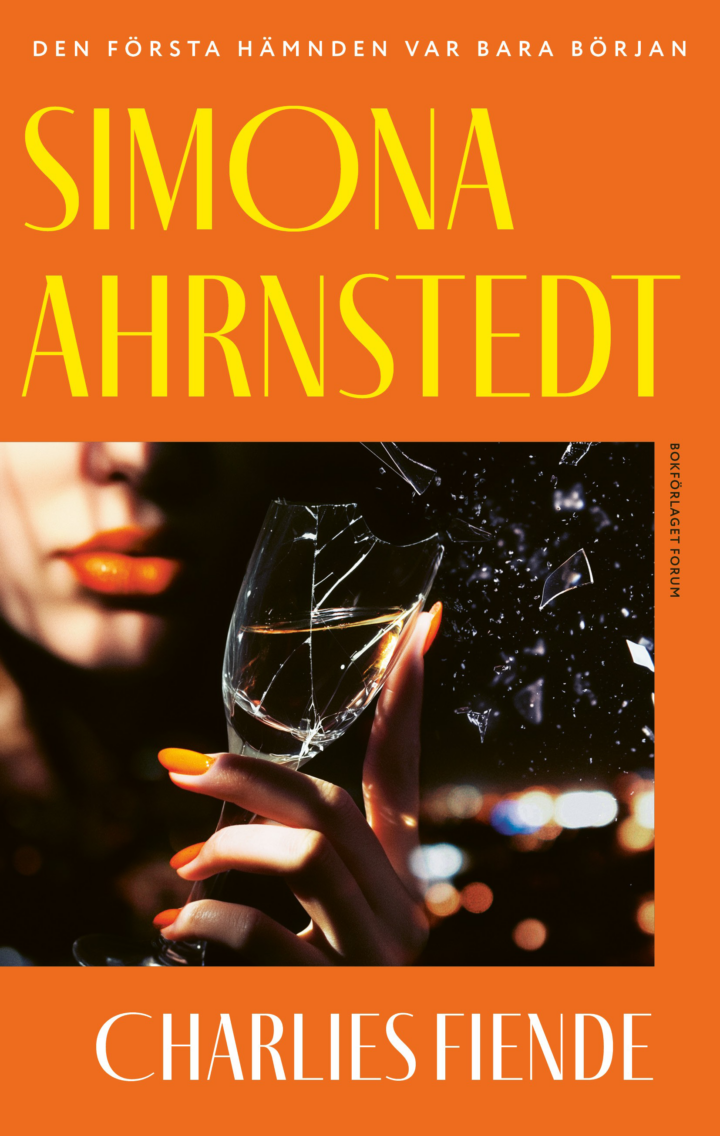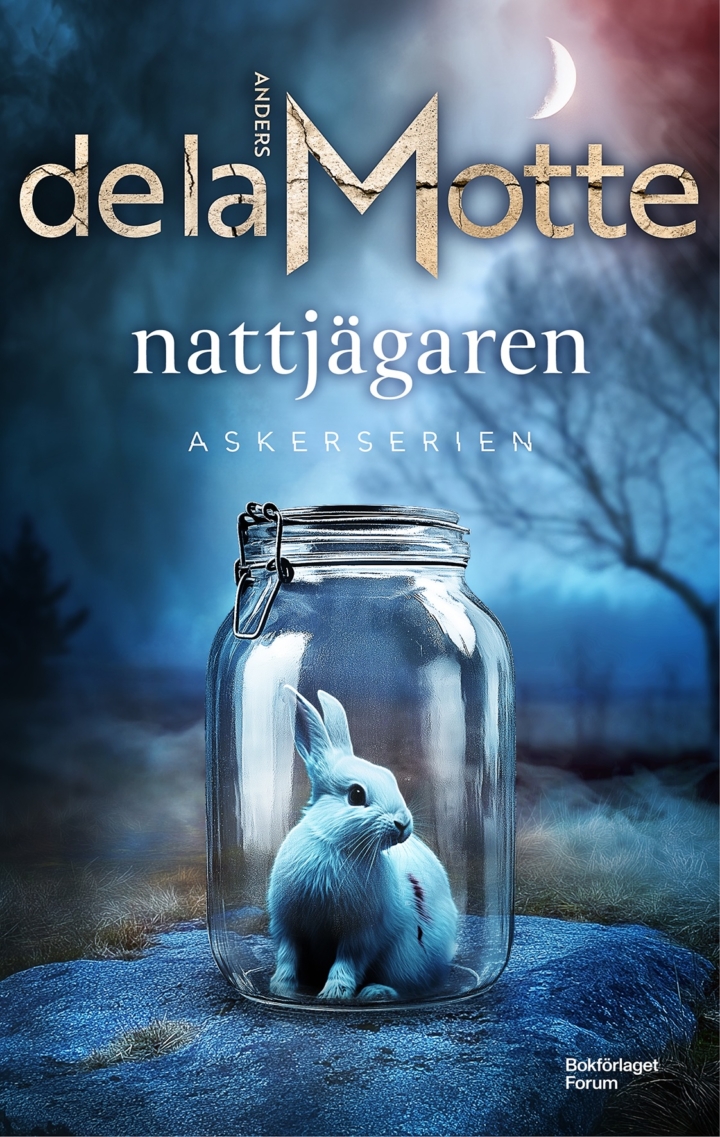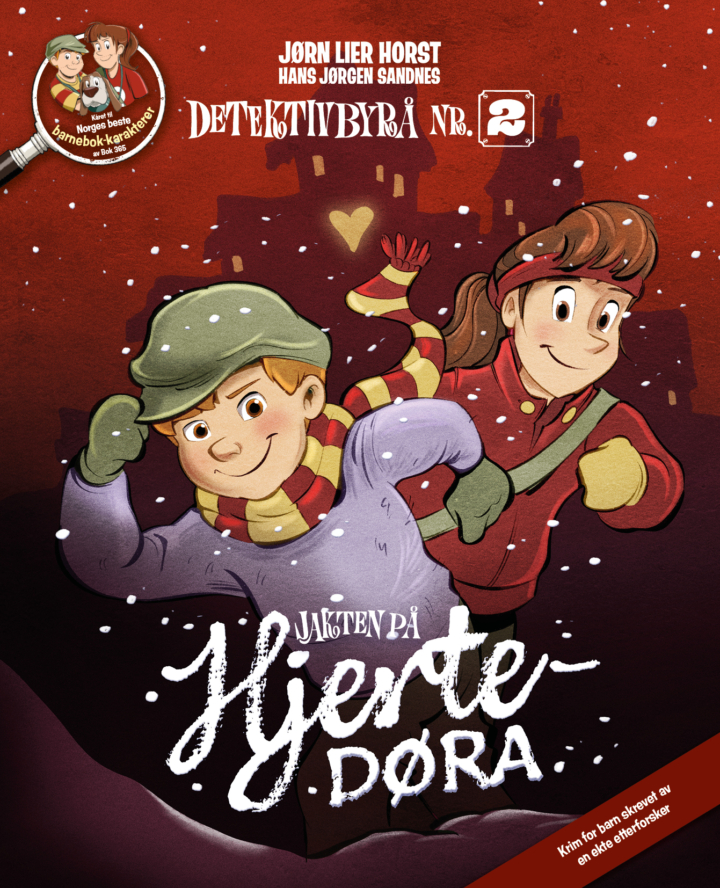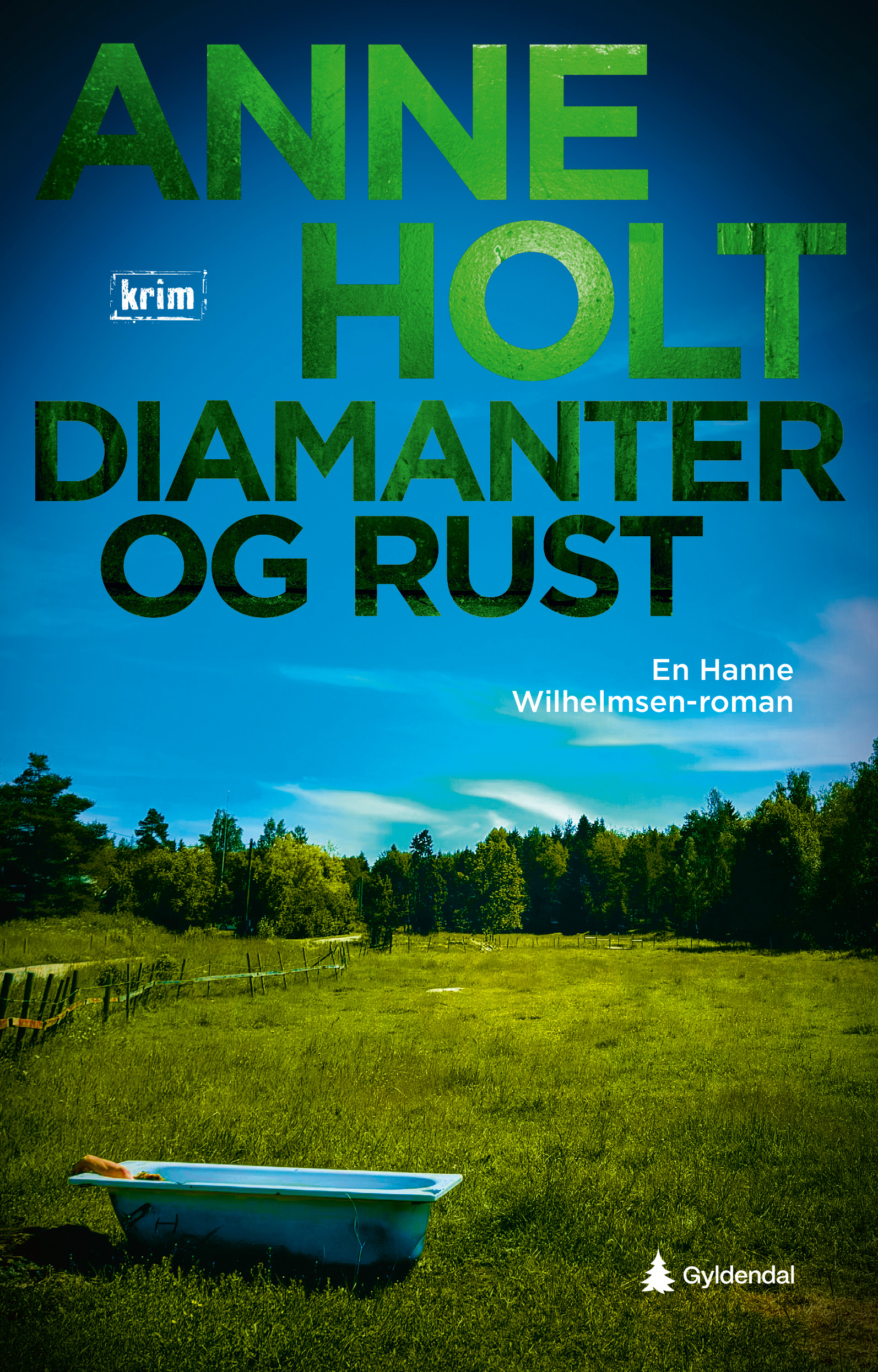
Movie adaptation of ‘When the Cranes Fly South’ announced
A movie adaptation of Lisa Ridzén’s No.1 internationally bestselling debut When the Cranes Fly South, to be produced by B-reel Films, has been announced by Deadline. The award-winning and much acclaimed screenwriter Oskar Söderlund (Snabba Cash, Cry Wolf, The Breakthrough) is attached as writer.
Ulf Synnerholm, Managing Partner and Head of Drama at B-Reel Films, said the following about the novel to Deadline: “I cried and laughed my way through the book. It is about death somehow, but it’s also about warmth, and there is love, and there is the need for family, and there’s a fascination with what life could have been; all these universal questions that occupy most of us at various stages.”
Read the full article in Deadline by clicking ‘Read more’ below.
